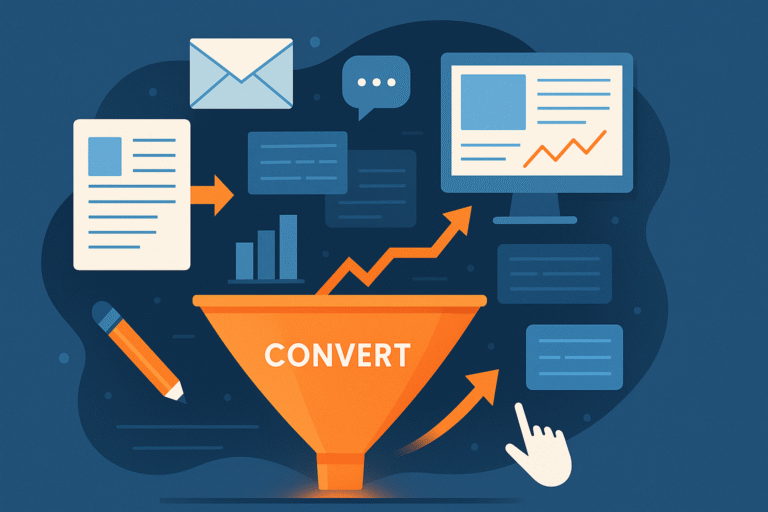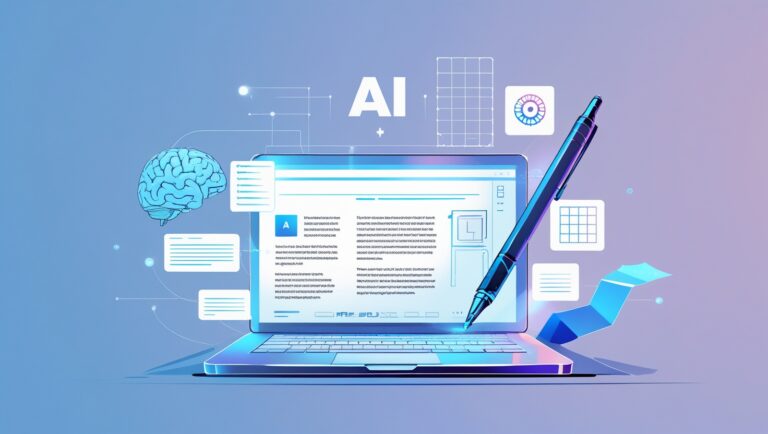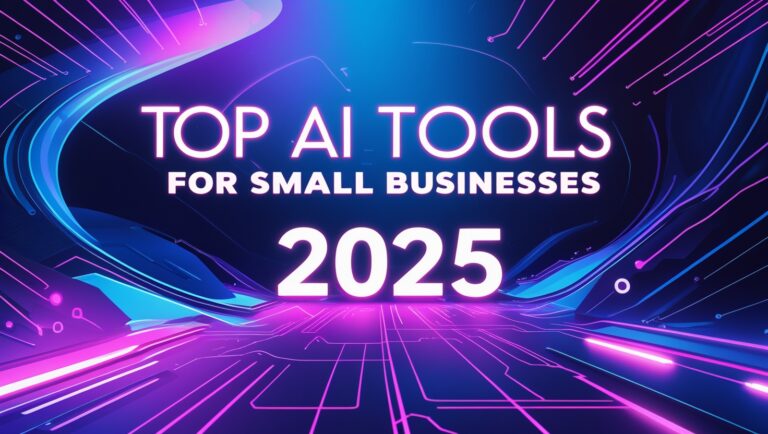In today’s post-cookie marketing era, converting website visitors into loyal clients is more challenging than ever. As third-party cookies fade, marketers must focus on smarter, privacy-compliant strategies to turn clicks into conversions. This blog post explores proven techniques to improve website conversion rates and succeed in the digital age while staying privacy conscious.
Why the Cookie Crumbled in Post-Cookie Marketing and What It Means for Website Conversion
Third-party cookies allowed marketers to track visitors across different websites and serve personalized ads. But as privacy regulations like GDPR and CCPA increase, these cookies are being phased out. Without this tracking data, how can brands still drive conversions? The answer lies in the use of first-party data and enhancing the user experience (UX).
How to Boost Website Conversion with First-Party Data
One of the most effective ways to improve website conversion rates in a privacy-first world is to use first-party data. This is the information you collect directly from your audience through:
- Email signups
- Surveys
- Contact forms
- User profiles
By using tools like HubSpot and Typeform, businesses can manage this data effectively, ensuring they provide relevant and personalized experiences without relying on third-party cookies.
Enhancing User Experience (UX) for Better Conversions
Your website’s user experience (UX) plays a crucial role in turning visitors into clients. In the post-cookie era, focusing on creating seamless, intuitive, and trust-building interactions can make all the difference:
- Clear and compelling calls to action (CTAs)
- Fast page load times
- Mobile-friendly and responsive design
- Transparent data collection practices and privacy policies
AI Tools for Personalizing User Journeys and Boosting Conversions
With the loss of cookie-based tracking, AI tools are becoming indispensable for improving website conversion rates. AI can help personalize website content and recommend products or services based on user behavior.
- Chatbots (like Intercom or Tidio) guide users to the right content.
- AI content generators (like Jasper and Copy.ai) can help businesses create tailored landing pages and persuasive copy.
- Dynamic content recommendations based on user behavior can boost engagement and lead conversions.
Optimizing the Conversion Funnel in the Post-Cookie Era for Better Website Conversion
Now that you have first-party data and personalized experiences, it’s time to focus on the conversion funnel. The funnel should look something like this:
- Top of Funnel (TOFU): Use high-quality blogs, videos, and lead magnets to attract visitors.
- Middle of Funnel (MOFU): Offer case studies, webinars, and newsletters to nurture leads.
- Bottom of Funnel (BOFU): Provide free consultations, special offers, or demos to drive conversions.
Analyzing Data and Making Privacy-Compliant Decisions
Even in the post-cookie era, data analytics are crucial for improving conversion rates. Tools like Plausible and Fathom Analytics respect privacy regulations while still providing actionable insights on:
- User behavior (bounce rate, scroll depth, etc.)
- Conversion paths (where visitors drop off or convert)
- A/B testing for optimized content
This data allows you to continually refine your website experience, ensuring it stays optimized for maximum conversions.
Final Thoughts: Adapt to Succeed
The post-cookie era is an exciting time for businesses that are willing to adapt. By focusing on first-party data, enhancing user experience (UX), and using AI-powered tools, you can turn more clicks into loyal clients — all while respecting user privacy.
The key to mastering website conversion is simple: Build trust, provide personalized experiences, and continuously optimize your approach.





